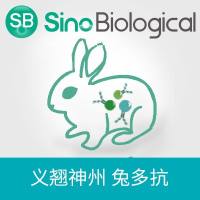Organogenesis of Skeletal Muscle in Tissue Culture
互联网
464
Skeletal muscle structure is regulated by many factors, including nutrition, hormones, electrical activity, and tension. The muscle cells are subjected to both passive and active mechanical forces at all stages of development, and these forces play important but poorly understood roles in regulating muscle organogenesis and growth. For example, during embryogenesis, the rapidly growing skeleton places large passive mechanical forces on the attached muscle tissue. These forces not only help to organize the proliferating mononucleated myoblasts into the oriented, multinucleated myofibers of a functional muscle, but also tightly couple the growth rate of muscle to that of bone. Postnatally, the actively contracting, innervated muscle fibers are subjected to different patterns of active and passive tensions that regulate longitudinal and cross-sectional myofiber growth. These mechanically induced organogenic processes have been difficult to study under normal tissue culture conditions, resulting in the development of numerous methods and specialized equipment to simulate the in vivo mechanical environment (1 –4 ). These techniques have led to the engineering of bioartificial muscles (organoids), which display many of the characteristics of in vivo muscle, including parallel arrays of postmitotic fibers organized into fascicle-like structures with tendon-like ends. They are contractile, express adult isoforms of contractile proteins, perform directed work, and can be maintained in culture for long periods.








